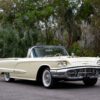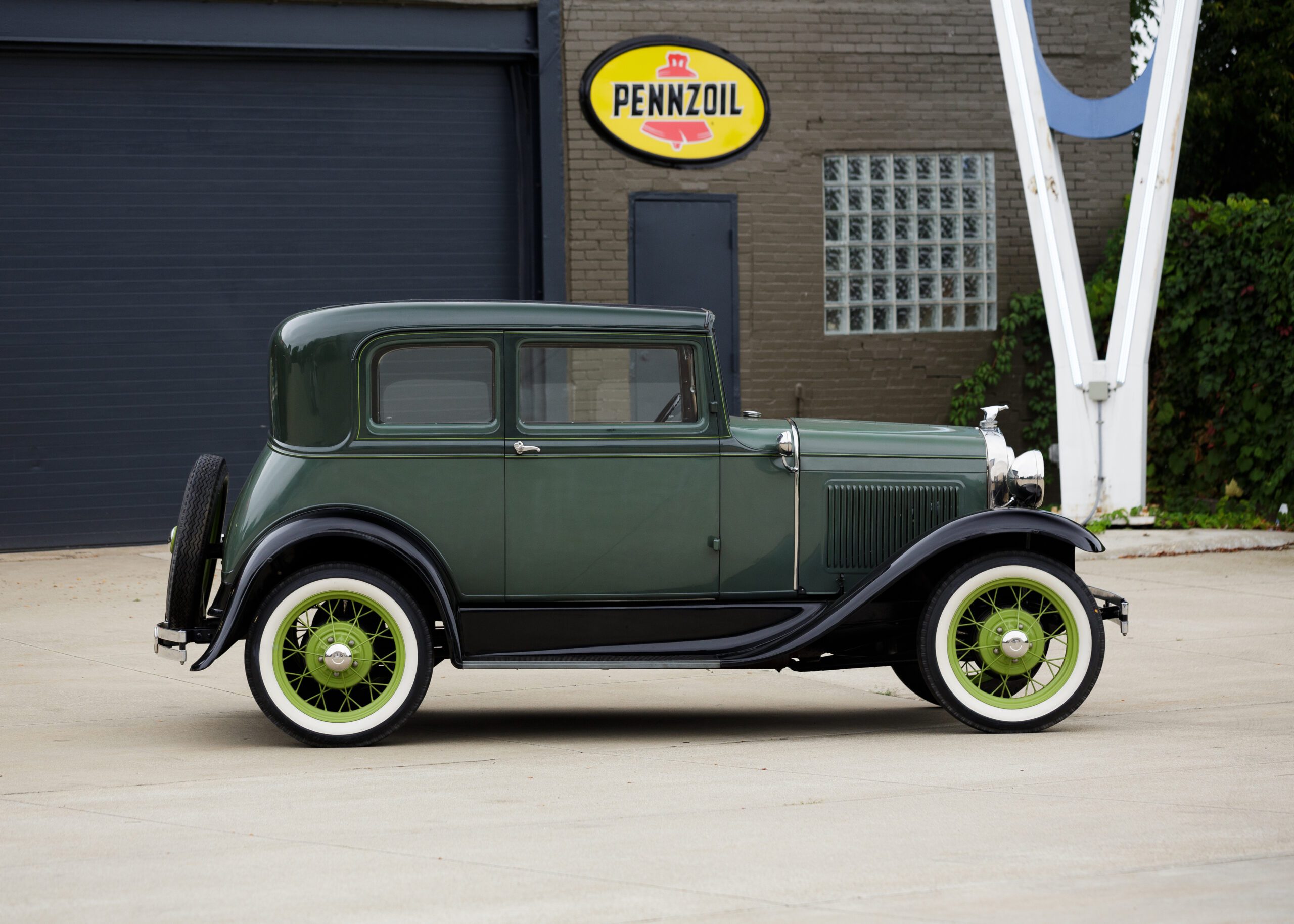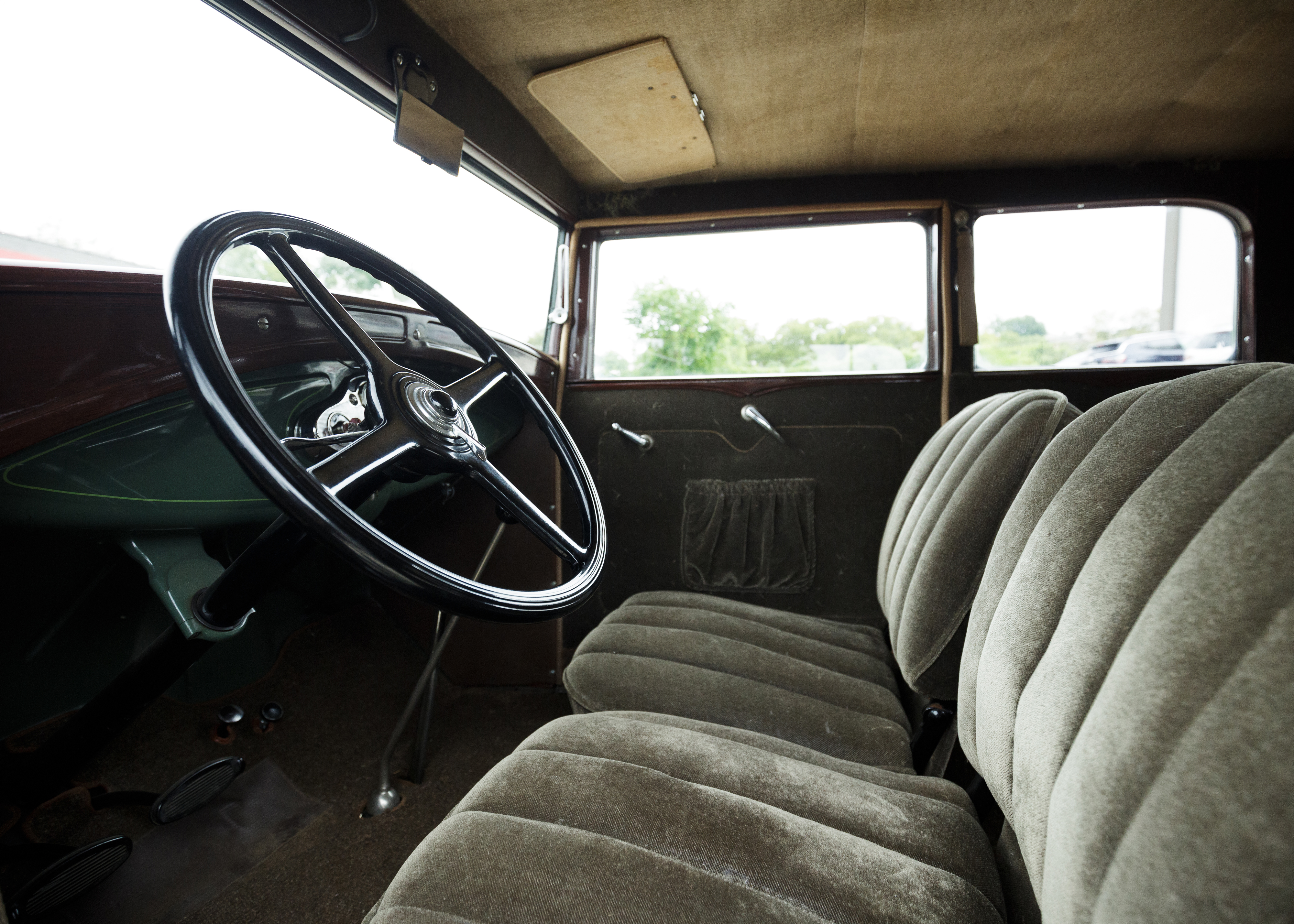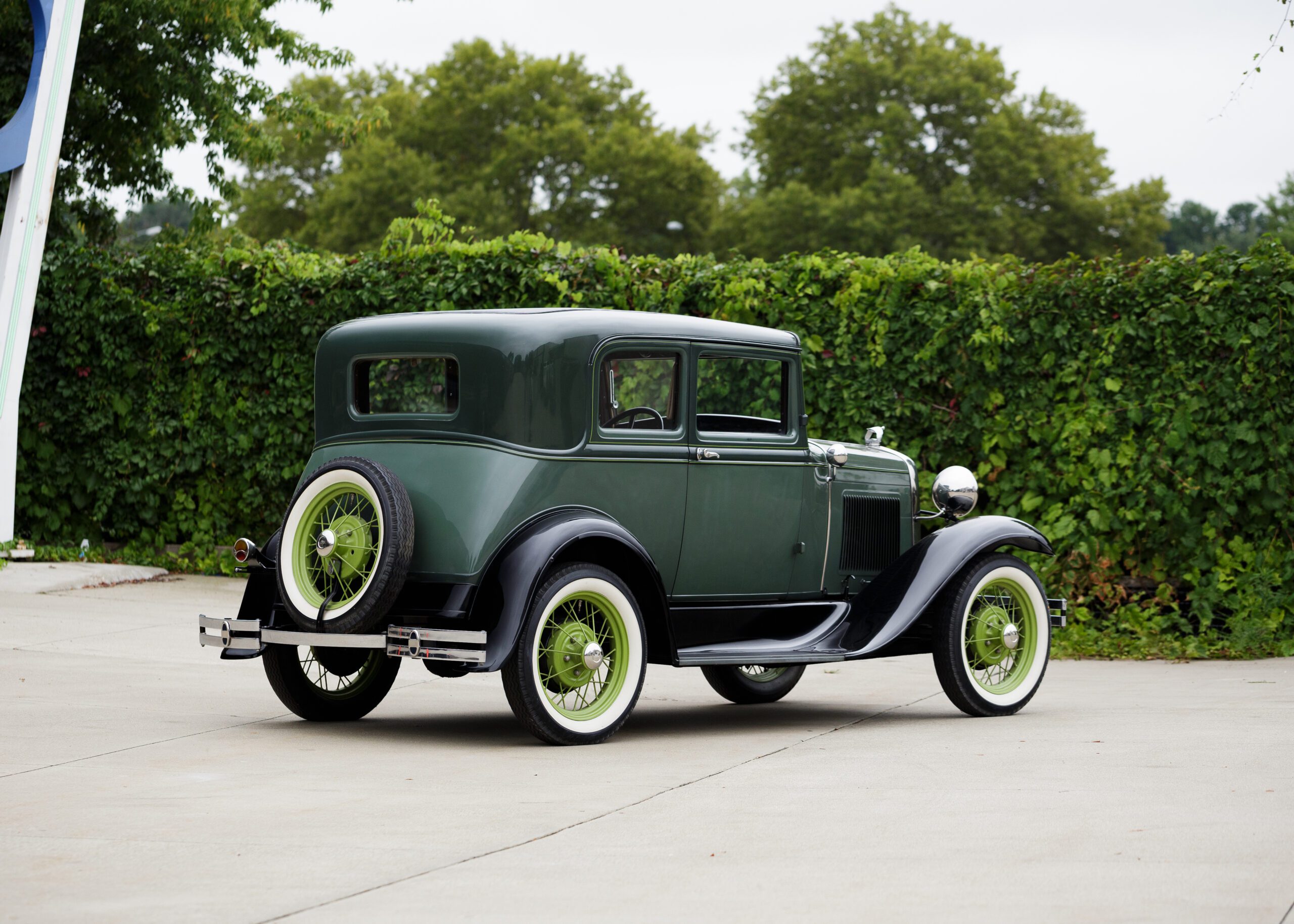The Ford Model T, also known as the “Universal Car” for its widespread availability and simplicity, may have had its own appeal, but it wasn’t particularly stylish, especially towards the end of its production in 1927. Its successor, the Model A, was a significant improvement in terms of mechanics, thanks in large part to its 40-horsepower, 200.5-cubic-inch inline-four engine and sliding-gear three-speed transmission. The Model A also had a surprisingly varied range of available body styles, as Henry Ford acknowledged that aesthetics were important in selling cars.
For those on a budget, there were basic Model A Tudor or Fordor sedans and pickup trucks, but Ford also offered more luxurious options such as the rakish Phaeton and the elegant Town Car for those who preferred to be chauffeured. In 1930, the Model A Victoria was added to the lineup, distinguished by its slanted “bustle back” rear end and available in cloth-topped (by Briggs) or steel-topped (by Murray) forms.
Although the Victoria was an unusual body style at the time, with only 6,306 examples produced in 1930 and a total of 40,212 built, it represented only a small fraction of the over 4.8 million Model As produced in total.
Source: RM Sotheby’s













